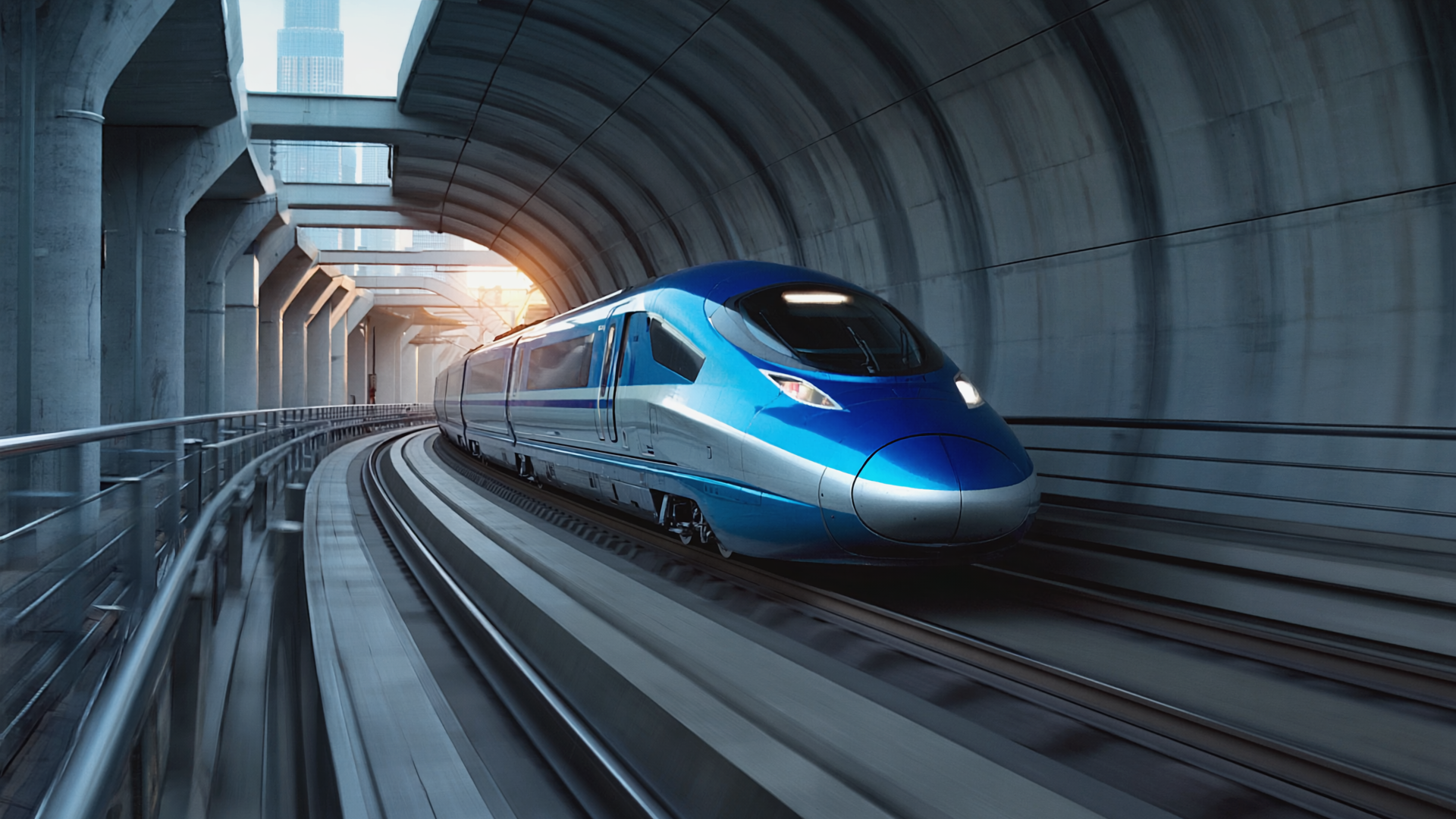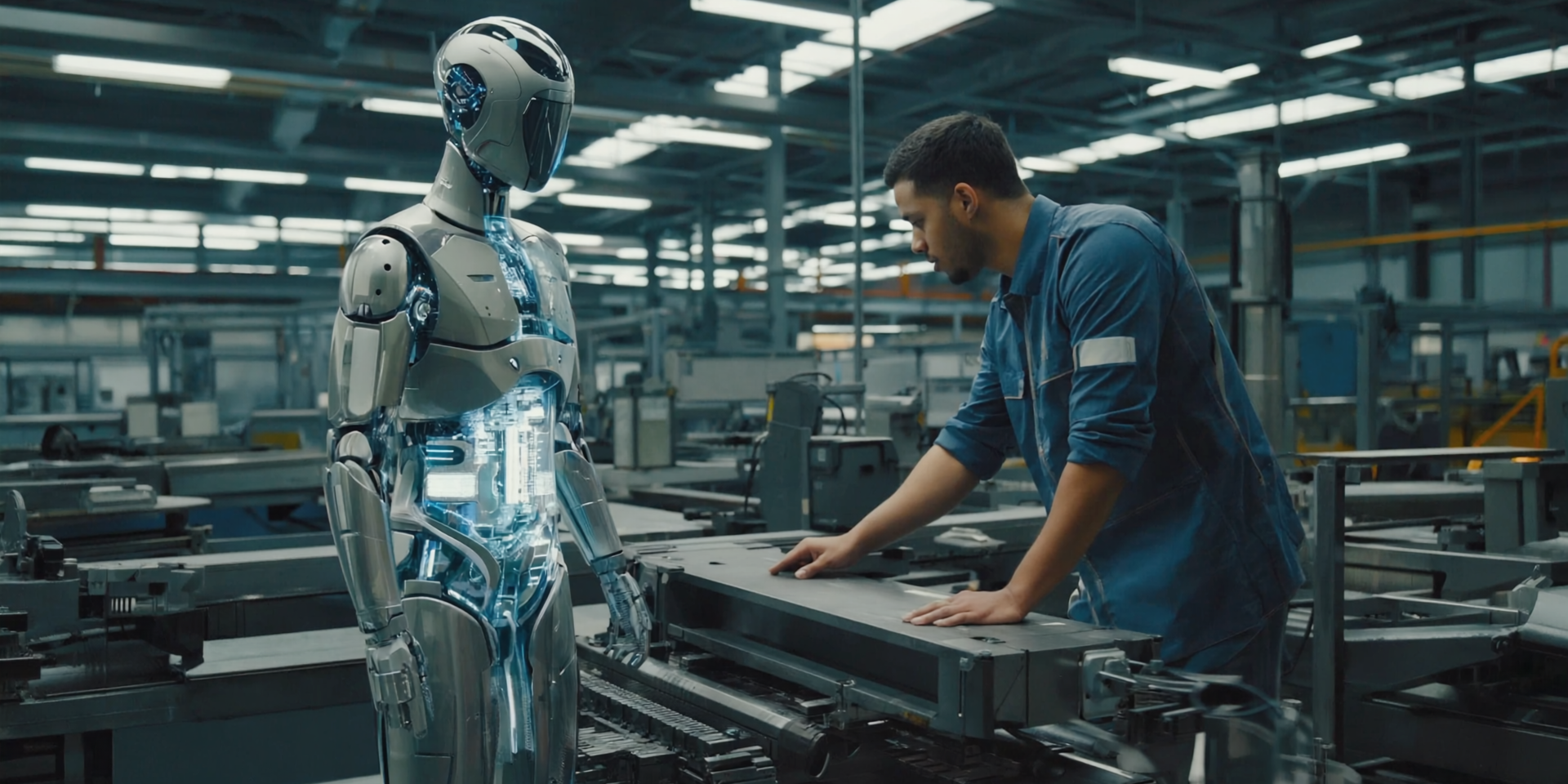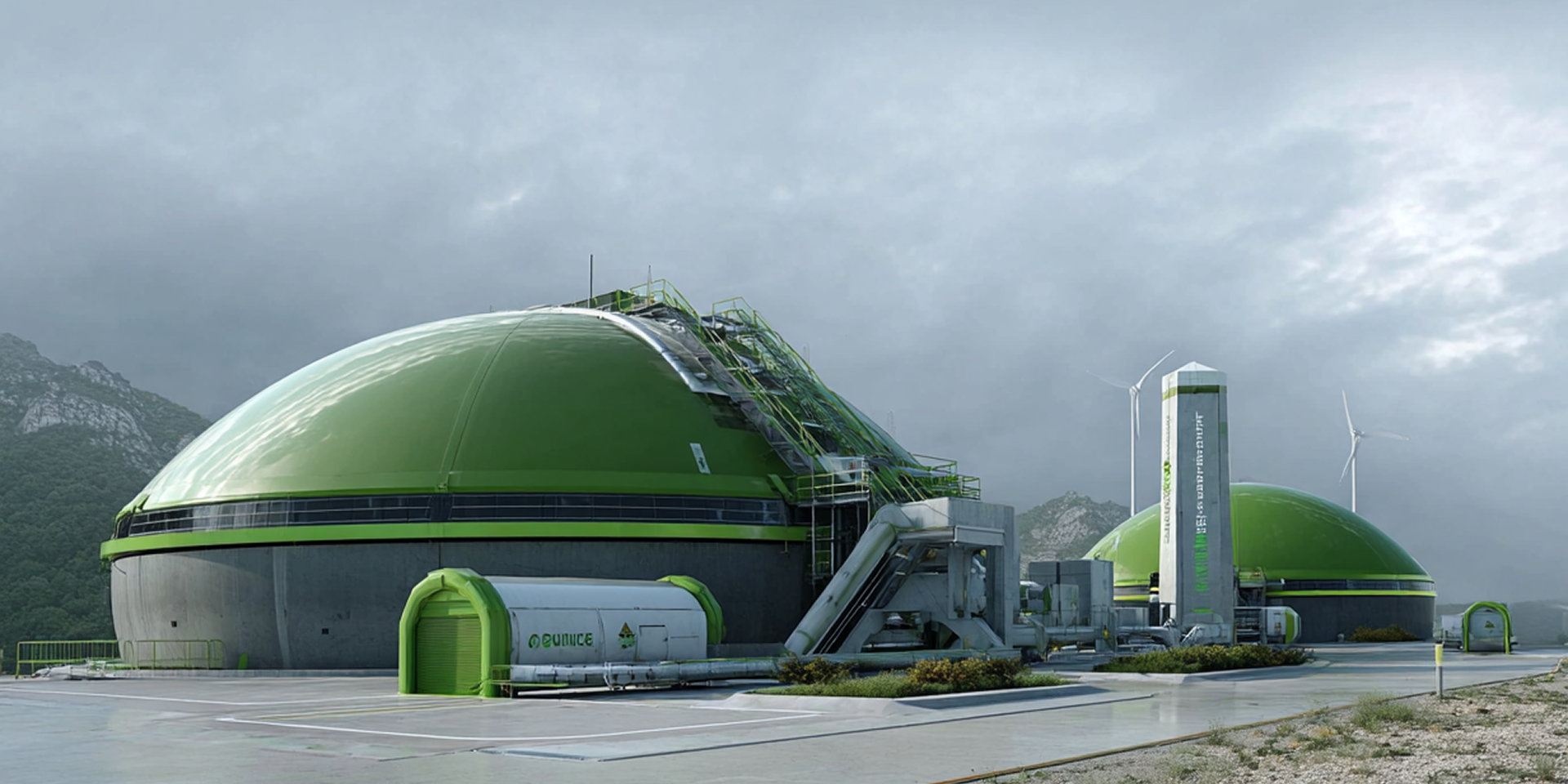Crossing Europe in just a few hours, with the same semplicity as hopping between subway stops: that’s the vision behind Starline. The project, conceived by the creative collective 21st Europe and led by Kaave Pour, CEO and Creative Director of SPACE10, aims to revolutionize continental mobility.
Starline is not just another high-speed train. It’s a strategic vision designed to connect Europe through a unified, sustainable, and intelligent rail infrastructure. The system is intended to link capital cities and mid-sized urban centers at speeds between 300 and 400 km/h. The Starline network would drastically cut travel times: a trip from Helsinki to Berlin would take just three hours, while Kiev to Berlin would be reduced from an overnight journey to just a few hours. And Milan to Munich? Practically instant.
A continental-ccale Metro
The network is designed to operate like a continental metro system, with at least one stop in every country and routes extending in a dense web across north, south, east, and west. Beyond the European Union, Starline would also connect the United Kingdom, Turkey, and Ukraine, aiming to transcend political borders through physical and cultural connection.
In addition to passenger transport, Starline is also intended for high-priority freight such as medical supplies, fresh food, and industrial components — a strategic move to reduce dependency on short-haul air and road transport.
Stations as cultural symbols
One of Starline’s most distinctive features is its station design. These would not be traditional transit hubs, but cultural landmarks with strong local identities. Each station would be designed by architects from the host country and could host concert halls, museums, exhibitions, and public events, making them true cultural centers.
Instead of being placed in crowded city centers, the stations would be built just outside major cities, helping avoid congestion and encouraging the growth of new connected urban areas.
The Starline trains are designed to offer a class-free travel experience that suits all needs. Interior spaces include quiet zones for work or study, open areas for conversation or group activities, family-friendly spaces, and cafés for snacks and meals.
Security, efficiency, and sustainability
Starline will integrate artificial intelligence and biometric sensors to ensure seamless security. There will be no queues or intrusive checkpoints — the system will monitor passenger flows in real time and discreetly detect potential threats.
Ticketing will also be simplified via an open-access platform, compatible with existing systems. The ultimate goal is to standardize the rail experience across Europe, while maintaining flexibility for local operators. At the heart of the project is a strong commitment to sustainability, with the network powered entirely by renewable energy sources. These include solar and wind power, as well as battery storage systems distributed along the route. A smart energy management system will store surplus energy during low-demand periods and redistribute it when needed, optimizing both efficiency and cost.
A visionary idea, but concrete
For now, Starline remains an ambitious concept, but one deeply grounded in Europe’s technical and logistical realities. The 21st Europe team envisions a future where existing infrastructure is enhanced with new stations and advanced technologies. The challenge lies in turning this vision into a coordinated political and industrial project across the continent.
Unlike other futuristic transport proposals like Hyperloop, which require entirely new and still-experimental infrastructure, Starline focuses on more immediate, feasible solutions, leveraging mature railway technologies. If Hyperloop is a bold and radical vision of tomorrow’s mobility, Starline presents itself as a practical and sustainable alternative, combining speed and accessibility with low environmental impact and cultural inclusiveness. In a time when Europe is being called to rethink its connections, Starline stands as a realistic and human-centered face of future mobility.






